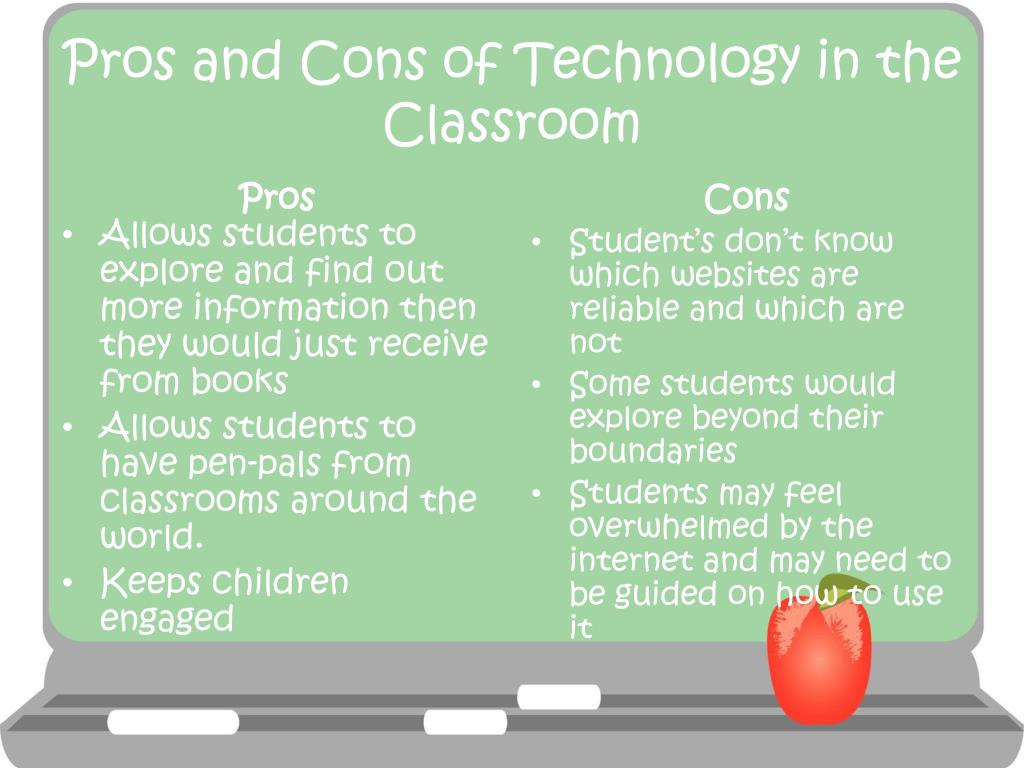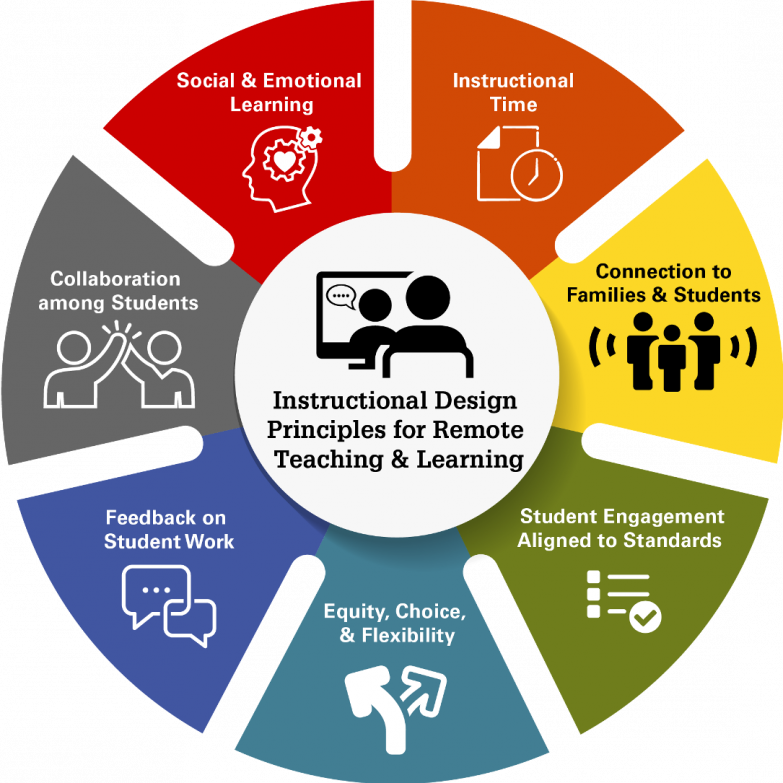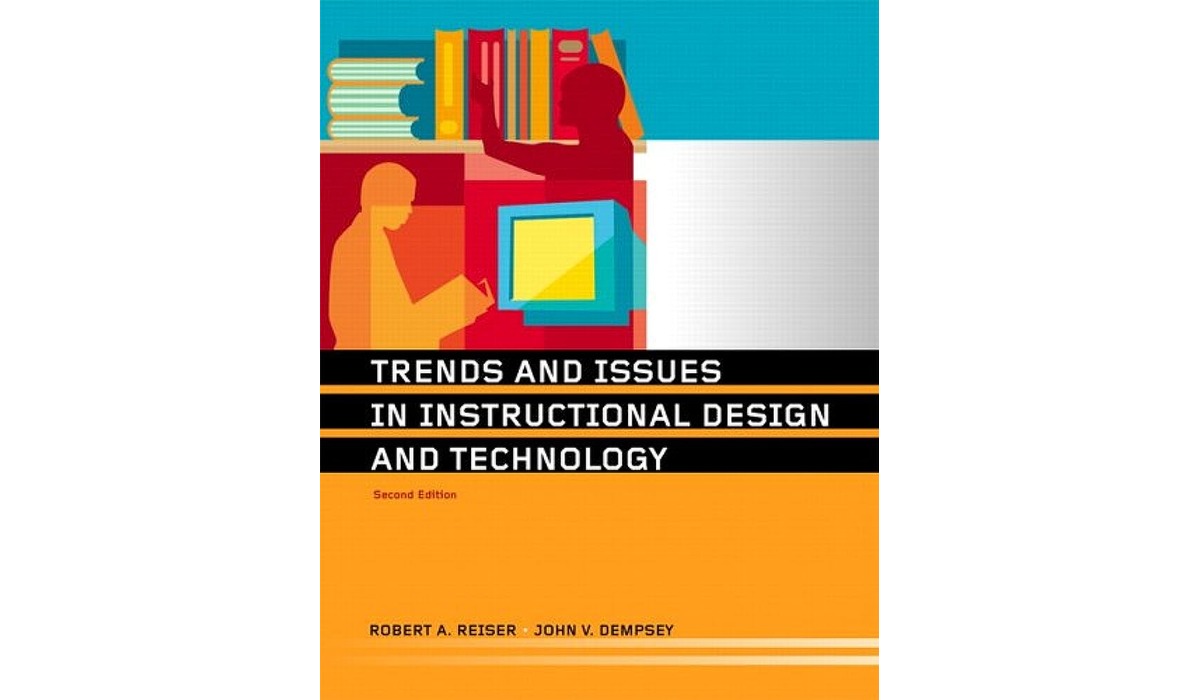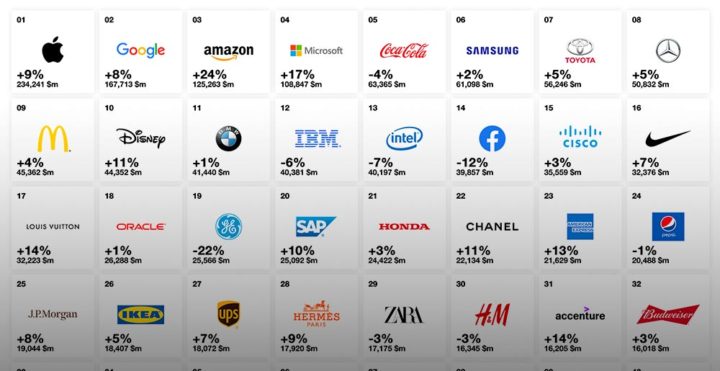Technology in the Classroom: Pros and Cons
Technology in the classroom pros and cons is a topic that sparks heated debate. While technology offers exciting possibilities for enhancing learning experiences, it also presents challenges that require careful […]

Technology in the classroom pros and cons is a topic that sparks heated debate. While technology offers exciting possibilities for enhancing learning experiences, it also presents challenges that require careful consideration. From personalized learning platforms to interactive simulations, technology can revolutionize how students learn. But, with this revolution comes the need for careful integration, addressing issues like digital literacy, equity, and ethical use.
This article explores the potential benefits and drawbacks of incorporating technology into education. It delves into how technology can personalize learning, expand access to information, and foster collaboration. It also examines concerns regarding cost, accessibility, and the ethical implications of technology in the classroom.
Enhanced Learning Experiences

Technology plays a transformative role in education, offering a multitude of tools and resources that can enhance the learning experience for students of all ages. One of the most significant advantages of technology in the classroom is its ability to personalize learning, making it more engaging and effective for individual students.
Personalized Learning
Technology empowers educators to tailor learning experiences to meet the unique needs and learning styles of each student. Adaptive learning platforms are one example of how technology can personalize learning. These platforms use artificial intelligence (AI) to track student progress and adjust the difficulty level of assignments and activities in real-time. For example, a student who is struggling with a particular concept may be presented with additional practice problems or tutorials, while a student who is excelling may be challenged with more advanced material.
Engaging and Interactive Learning Environments
Technology can create engaging and interactive learning environments that go beyond traditional methods of instruction. Simulations, virtual reality (VR), and augmented reality (AR) experiences provide students with immersive and hands-on learning opportunities. For instance, students can use VR to explore the human body, travel to different parts of the world, or participate in historical events. AR can overlay digital information onto the real world, enhancing learning through interactive games, virtual field trips, and 3D models.
Collaborative Learning
Technology facilitates collaborative learning by connecting students with their peers and educators from around the world. Online platforms like Google Classroom, Canvas, and Moodle provide tools for communication, collaboration, and sharing resources. Students can work together on group projects, participate in online discussions, and access learning materials from anywhere with an internet connection. For example, students can collaborate on a research project using shared documents, conduct virtual brainstorming sessions, or participate in online debates with students from different countries.
Access to Information and Resources
Technology has revolutionized access to information and resources in education, opening doors to a vast world of knowledge and learning opportunities. This transformation empowers students to engage with diverse materials, conduct in-depth research, and learn at their own pace.
Benefits of Online Research Tools
Online research tools have significantly enhanced the research process for students, enabling them to access a wealth of information from various sources. These tools offer features that streamline research, making it more efficient and effective.
- Search Engines: Search engines like Google Scholar, provide access to a wide range of academic articles, books, and research papers, enabling students to find relevant and credible information.
- Online Databases: Online databases, such as JSTOR and PubMed, offer access to specialized academic journals and research articles, allowing students to delve deeper into specific subjects.
- Digital Libraries: Digital libraries provide access to a vast collection of books, journals, and other resources, often available 24/7. This allows students to access materials from anywhere with an internet connection.
- Citation Management Tools: Tools like Zotero and Mendeley help students organize research, create bibliographies, and cite sources correctly. This streamlines the research process and reduces the risk of plagiarism.
Improved Communication and Collaboration
Technology has revolutionized the way students and teachers interact, fostering a more dynamic and collaborative learning environment. With the integration of digital tools, communication channels have expanded, enabling more efficient and effective exchange of information and ideas.
Enhanced Communication Between Students and Teachers
Technology provides a multitude of platforms for students and teachers to connect and communicate beyond traditional classroom settings. Email serves as a reliable channel for sending assignments, announcements, and feedback, while instant messaging platforms allow for real-time discussions and quick clarification of queries. Video conferencing tools, such as Zoom or Google Meet, facilitate virtual face-to-face interactions, enabling students to actively participate in discussions, ask questions, and receive personalized guidance from their teachers. This accessibility fosters a sense of open communication, empowering students to engage more actively in their learning journey.
Increased Efficiency and Productivity
Technology has the potential to significantly enhance efficiency and productivity in the classroom, benefiting both teachers and students. By automating tasks and providing access to digital tools, technology can free up valuable time for more personalized instruction and learning experiences.
Teacher Efficiency and Time Management
Technology can significantly streamline teachers’ administrative tasks, allowing them to dedicate more time to student interactions and lesson planning.
- Automated Grading: Online platforms and grading software can automate the process of grading multiple-choice quizzes, assignments, and even essays, reducing the time teachers spend on grading and providing them with immediate feedback to students.
- Class Scheduling and Management: Learning management systems (LMS) and online calendars simplify the process of creating and managing class schedules, assigning homework, and tracking student progress. This allows teachers to focus on providing personalized support and guidance.
- Resource Management: Digital libraries and online repositories provide teachers with easy access to a vast array of educational resources, such as lesson plans, videos, and interactive simulations. This eliminates the need for teachers to spend hours searching for materials and allows them to quickly find the most relevant resources for their lessons.
Student Productivity and Engagement
Technology provides students with a range of tools that can enhance their learning experience and improve their productivity.
- Digital Note-Taking: Note-taking apps and digital notebooks allow students to organize their notes, access them from any device, and easily share them with classmates. This promotes collaboration and efficient knowledge retention.
- Online Research and Information Access: Students can access a wealth of information online through digital libraries, search engines, and online databases. This enables them to conduct research, explore different perspectives, and develop critical thinking skills.
- Collaborative Learning Tools: Online platforms and collaborative tools allow students to work together on projects, share ideas, and provide feedback in real-time. This fosters teamwork and promotes active learning.
Creation and Sharing of Educational Materials
Technology empowers teachers and students to create and share educational materials more effectively.
- Interactive Presentations: Presentation software allows teachers to create dynamic and engaging presentations that incorporate multimedia elements, such as videos, images, and animations. This can enhance student understanding and make lessons more interactive.
- Educational Videos: Teachers and students can easily create and share educational videos that explain complex concepts, demonstrate experiments, or provide step-by-step instructions. This can be a valuable tool for flipped classrooms and self-paced learning.
- Interactive Simulations: Technology allows for the creation of interactive simulations that provide students with hands-on experiences in a virtual environment. This can help them visualize concepts, experiment with different scenarios, and develop problem-solving skills.
Challenges of Technology Integration: Technology In The Classroom Pros And Cons
While technology offers numerous benefits for education, its implementation in classrooms also presents significant challenges. Successfully integrating technology requires careful planning, resources, and ongoing support to ensure equitable access and maximize its potential.
Cost and Accessibility, Technology in the classroom pros and cons
The cost of technology, including hardware, software, and ongoing maintenance, can be a major barrier to its implementation in classrooms, especially in under-resourced schools. The initial investment in devices like computers, tablets, and interactive whiteboards can be substantial, and ongoing expenses such as software licenses, internet access, and technical support can add up over time. This financial burden can create disparities between schools with ample resources and those struggling to meet basic needs, potentially widening the digital divide.
Digital Literacy and Training
Effective technology integration requires a digitally literate workforce, both among teachers and students. Teachers need training to effectively utilize technology in their classrooms, integrating it into their curriculum and lesson plans. They need to understand the pedagogical benefits of different technologies and learn how to use them to enhance student learning. Students also need to develop digital literacy skills, including critical thinking, digital citizenship, and effective communication and collaboration online. Providing training opportunities for both teachers and students is crucial to ensure that technology is used effectively and responsibly.
Exacerbating Existing Inequalities
Technology integration, if not implemented carefully, can exacerbate existing inequalities in access to education. Students from low-income families, rural areas, and marginalized communities may lack access to reliable internet, affordable devices, or even basic computer skills. This digital divide can create a gap in learning opportunities, potentially widening the achievement gap between students from different socioeconomic backgrounds. It is crucial to address these disparities by providing equitable access to technology and ensuring that all students have the necessary resources and support to succeed in a digital learning environment.
Ethical Considerations in Technology Use
The integration of technology into the classroom presents both opportunities and challenges. It is crucial to address the ethical implications of technology use to ensure a safe and responsible learning environment. This section will explore the importance of data privacy and security, responsible technology use, and promoting digital citizenship.
Data Privacy and Security in Educational Technology
Data privacy and security are paramount concerns in educational technology. Students’ personal information, including their academic records, online activities, and even their physical location, is often collected and stored by educational institutions. This data can be vulnerable to breaches and misuse, raising ethical concerns about the protection of students’ privacy and the potential for data exploitation.
Responsible and Ethical Use of Technology
Responsible and ethical use of technology in the classroom is essential for fostering a positive learning environment and promoting digital citizenship. Students need to be educated about the potential risks associated with technology, including cyberbullying, plagiarism, and digital distractions.
- Cyberbullying: The anonymity provided by the internet can encourage cyberbullying, which can have devastating consequences for victims. Educators need to address this issue by teaching students about responsible online communication, the dangers of cyberbullying, and the importance of reporting incidents.
- Plagiarism: The ease with which information can be copied and pasted from the internet makes plagiarism a significant concern. Educators need to teach students about the importance of academic integrity, the consequences of plagiarism, and how to properly cite sources.
- Digital Distractions: Technology can be a powerful tool for learning, but it can also be a source of distraction. Educators need to establish clear guidelines for technology use in the classroom, such as limiting access to social media and games during class time.
Promoting Digital Citizenship and Ethical Online Behavior
Technology can be used to promote digital citizenship and ethical online behavior. Educators can incorporate lessons on digital citizenship into their curriculum, teaching students about online safety, responsible communication, and the importance of respecting others’ privacy.
- Online Safety: Students need to be aware of the risks associated with sharing personal information online and how to protect themselves from online predators and cyberbullying.
- Responsible Communication: Educators can teach students about the importance of using respectful language online, avoiding hate speech and discriminatory content, and being mindful of the impact of their words.
- Respecting Privacy: Students need to understand the importance of respecting others’ privacy online, including avoiding sharing personal information without consent and being mindful of the consequences of posting inappropriate content.
Closing Notes
In conclusion, technology in the classroom offers a powerful tool for enhancing education, but its integration requires careful planning and consideration. By understanding both the benefits and challenges, educators can harness technology’s potential while mitigating its risks, ultimately creating a more engaging and equitable learning environment for all students.
Technology in the classroom offers numerous benefits, such as enhanced engagement and access to vast resources. However, it’s crucial to consider ergonomics and student comfort, especially during prolonged screen time. Golden technology chairs are designed with adjustable features to promote proper posture and alleviate strain, ensuring a more productive and enjoyable learning experience.
Ultimately, the goal is to create a balanced environment where technology complements traditional learning methods and supports student well-being.










